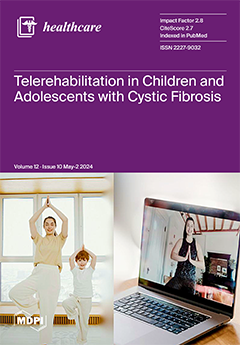Background: Eating disorders (EDs) have become a global public health concern among adolescents and young adults. However, Chinese university students exhibit a high prevalence of eating disorders. This study aims to investigate the effects of self-esteem (SE) and body shape (BS) on ED behaviors among Chinese university students. Methods: Using random sampling, 946 Chinese university students (aged 18 to 24, M = 19.94, SD = 1.04) participated in a survey comprising the Sick, Control, One, Fat, and Food Questionnaire (SCOFF-Q), the Body Shape Questionnaire (BS-Q), and the Rosenberg Self-Esteem Scale (RS-S) to assess their eating disorder or non-eating disorder (NED) behavior. Results: There was a significant positive correlation between body shape and eating disorder behaviors (r = 0.19,
p < 0.01), while there was a significant negative correlation between self-esteem and eating disorder behaviors (r = −0.14,
p = 0.001 < 0.01). Gender was a moderating factor in the relationship between body shape and eating disorder behaviors (t = 3.14,
p = 0.002 < 0.01), while parents’ marital status was a moderating factor in the relationship between self-esteem and eating disorder behavior (t = 2.72,
p = 0.007 < 0.01). Body shape (z = 6.47,
p = 0.001 < 0.01), self-esteem (z = −2.81,
p = 0.005 < 0.05), and gender (z = 3.06,
p = 0.002 < 0.01) significantly influenced eating disorder behavior among Chinese university students aged 18–24 years. Conclusions: There was a direct effect between body shape and self-esteem and eating disorder behaviors among Chinese university students aged 18–24 years. Alarmingly, female university students are becoming susceptible to external influences on self-esteem and body shape, leading to eating disorder behaviors at an increasingly younger age in China.
Full article






